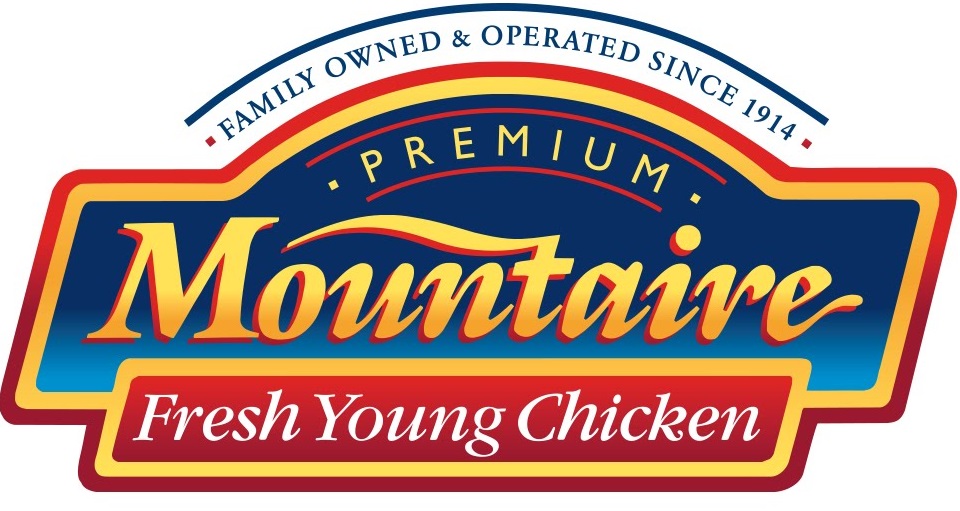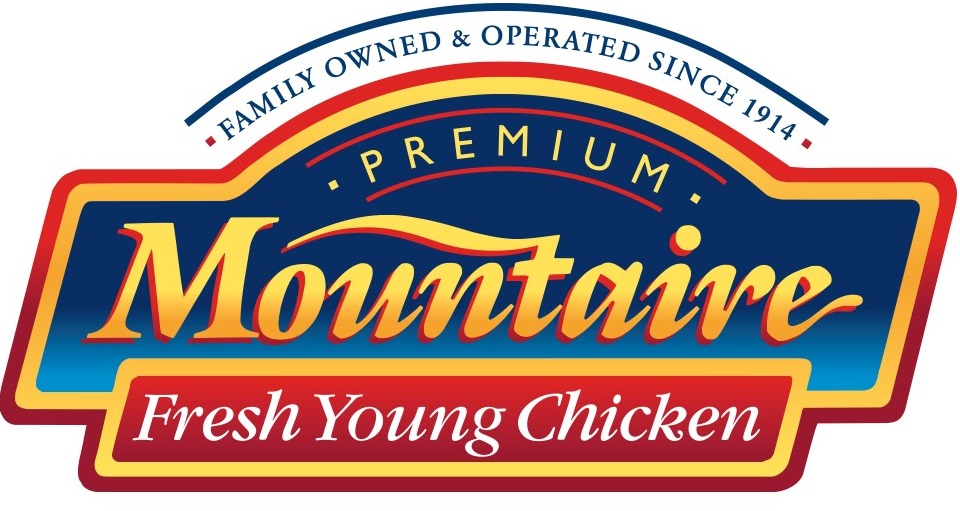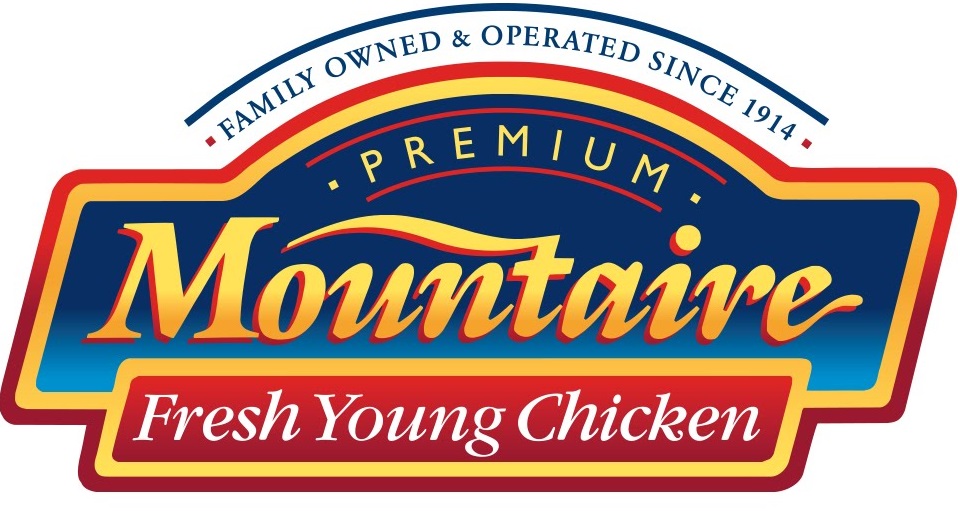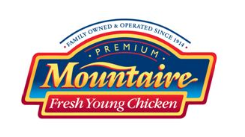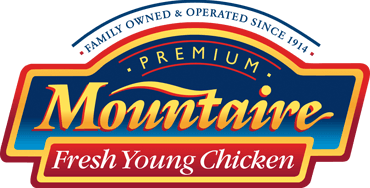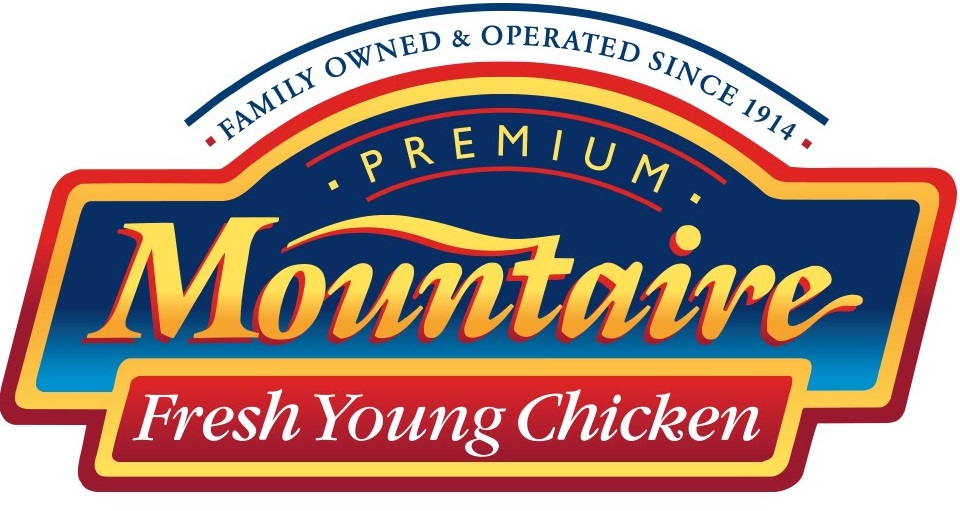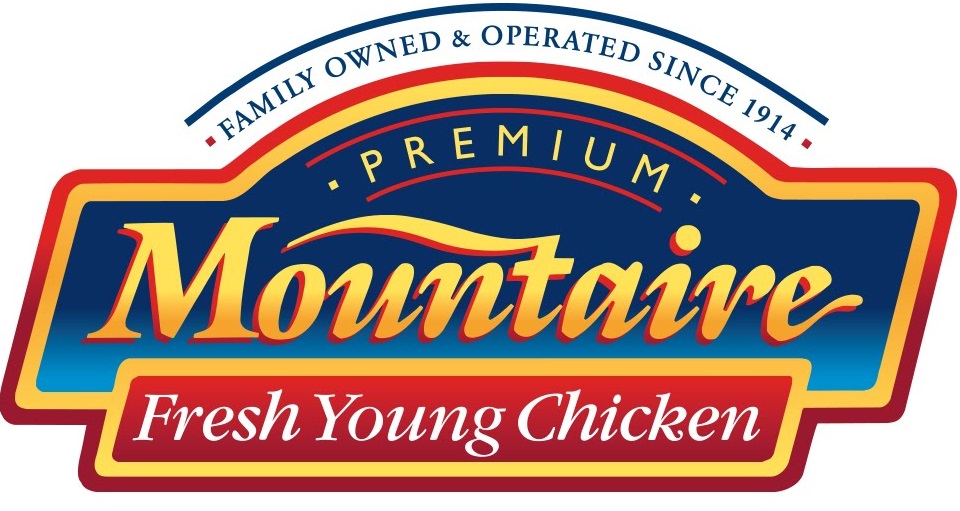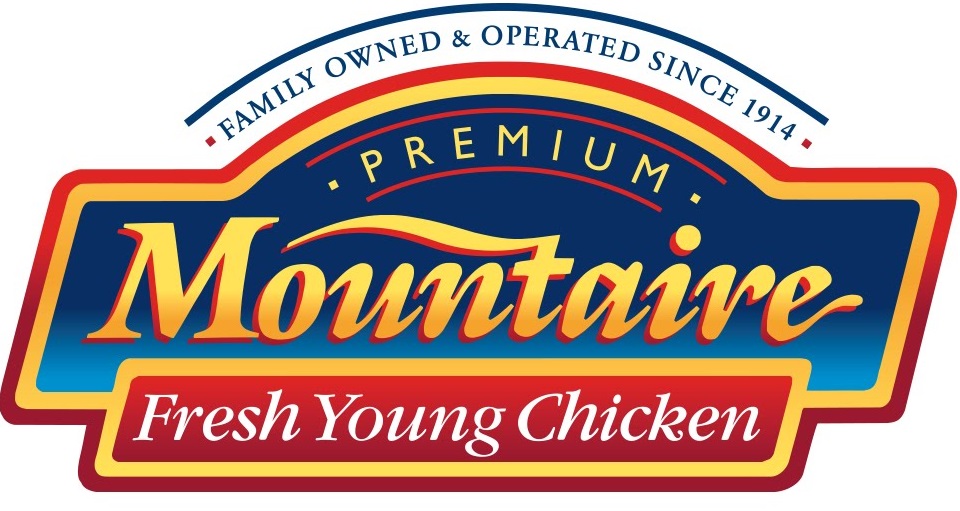Title Page
-
Conducted on
-
Prepared by
-
Instructions: This inspection record will be completed every month. Inspections should be performed by tank owner's designated inspector who is familiar with the storage facility operations, the type of AST and its associated components, and the characteristics of the material stored. Please mark "good" for criteria meeting expectations. If any response requires elaboration, do so in Notes space provided. Further descriptions or comments should be attached on a separate sheet of paper if necessary.
Inspection Criteria
Emergency Generator AST
-
Tank/container surfaces (note signs of leakage, verify proper labeling)
-
Notes
-
Tank bolts, rivets, seams and welds (note signs of corrosion, damage)
-
Notes
-
Tanks condition (note any damage, rust, or deteriorated)
-
Notes
-
Tank appurtenances: Level gauge, vent, fill port cap, drain (note any damage)
-
Notes
-
Tank supports (note erosion or settling)
-
Notes
-
Tank foundation (note any damage)
-
Notes
-
Level gauges or alarms condition (note if inoperative, damaged)
-
Notes
-
Vents, O-rings, Gaskets (note if vents are obstructed or gaskets & o-rings show deterioration)
-
Notes
-
Pipelines, hose, fittings, pumps, and supports (note if damaged or deteriorated)
-
Notes
-
Unloading area (note tanker containment availability, condition)
-
Notes
-
Connections (note if required caps or blanks are not in use)
-
Notes
-
Secondary and tanker containment (note condition, utilization, area drainage)
-
Notes
-
Verify that spill supplies are as described in the SPCC Plan (check all if adequate)
-
Notes
-
Interstice tank (check to ensure no product has leaked into interstice tank)
-
Notes
-
Water in tank (check to ensure no water is in the tank)
-
Notes
-
Fencing, gates, or lighting (note if non-functional)
-
Notes
-
Site drainage (note sediment that needs removal, excessive puddling or erosion)
-
Notes
On-Road Diesel AST
-
Tank/container surfaces (note signs of leakage, verify proper labeling)
-
Notes
-
Tank bolts, rivets, seams and welds (note signs of corrosion, damage)
-
Notes
-
Tanks condition (note any damage, rust, or deteriorated)
-
Notes
-
Tank appurtenances: Level gauge, vent, fill port cap, drain (note any damage)
-
Notes
-
Tank supports (note erosion or settling)
-
Notes
-
Tank foundation (note any damage)
-
Notes
-
Level gauges or alarms condition (note if inoperative, damaged)
-
Notes
-
Vents, O-rings, Gaskets (note if vents are obstructed or gaskets & o-rings show deterioration)
-
Notes
-
Pipelines, hose, fittings, pumps, and supports (note if damaged or deteriorated)
-
Notes
-
Unloading area (note tanker containment availability, condition)
-
Notes
-
Connections (note if required caps or blanks are not in use)
-
Notes
-
Secondary and tanker containment (note condition, utilization, area drainage)
-
Notes
-
Verify that spill supplies are as described in the SPCC Plan (check all if adequate)
-
Notes
-
Interstice tank (check to ensure no product has leaked into interstice tank)
-
Notes
-
Water in tank (check to ensure no water is in the tank)
-
Notes
-
Fencing, gates, or lighting (note if non-functional)
-
Notes
-
Site drainage (note sediment that needs removal, excessive puddling or erosion)
-
Notes
500-Gallon Diesel AST
-
Tank/container surfaces (note signs of leakage, verify proper labeling)
-
Notes
-
Tank bolts, rivets, seams and welds (note signs of corrosion, damage)
-
Notes
-
Tanks condition (note any damage, rust, or deteriorated)
-
Notes
-
Tank appurtenances: Level gauge, vent, fill port cap, drain (note any damage)
-
Notes
-
Tank supports (note erosion or settling)
-
Notes
-
Tank foundation (note any damage)
-
Notes
-
Level gauges or alarms condition (note if inoperative, damaged)
-
Notes
-
Vents, O-rings, Gaskets (note if vents are obstructed or gaskets & o-rings show deterioration)
-
Notes
-
Pipelines, hose, fittings, pumps, and supports (note if damaged or deteriorated)
-
Notes
-
Unloading area (note tanker containment availability, condition)
-
Notes
-
Connections (note if required caps or blanks are not in use)
-
Notes
-
Secondary and tanker containment (note condition, utilization, area drainage)
-
Notes
-
Verify that spill supplies are as described in the SPCC Plan (check all if adequate)
-
Notes
-
Interstice tank (check to ensure no product has leaked into interstice tank)
-
Notes
-
Water in tank (check to ensure no water is in the tank)
-
Notes
-
Fencing, gates, or lighting (note if non-functional)
-
Notes
-
Site drainage (note sediment that needs removal, excessive puddling or erosion)
-
Notes
Used Oil Drums
-
Tank/container surfaces (note signs of leakage, verify proper labeling)
-
Notes
-
Tanks condition (note any damage, rust, or deteriorated)
-
Notes
-
Pipelines, hose, fittings, pumps, and supports (note if damaged or deteriorated)
-
Notes
-
Unloading area (note tanker containment availability, condition)
-
Notes
-
Connections (note if required caps or blanks are not in use)
-
Notes
-
Secondary and tanker containment (note condition, utilization, area drainage)
-
Notes
-
Verify that spill supplies are as described in the SPCC Plan (check all if adequate)
-
Notes
-
Water in tank (check to ensure no water is in the tank)
-
Notes
-
Fencing, gates, or lighting (note if non-functional)
-
Notes
-
Site drainage (note sediment that needs removal, excessive puddling or erosion)
-
Notes
-
Additional Comments
-
Inspector Signature
-
Please upload the inspection log onto Intelex when completed, and keep a hard copy of the completed form on file at the facility for 3 years
